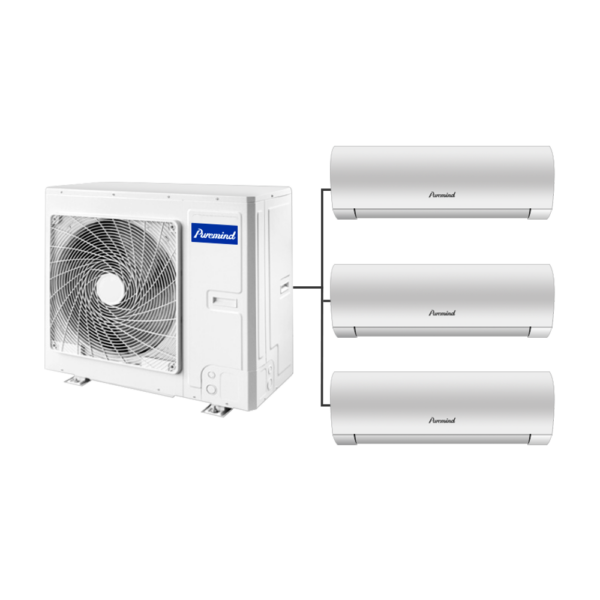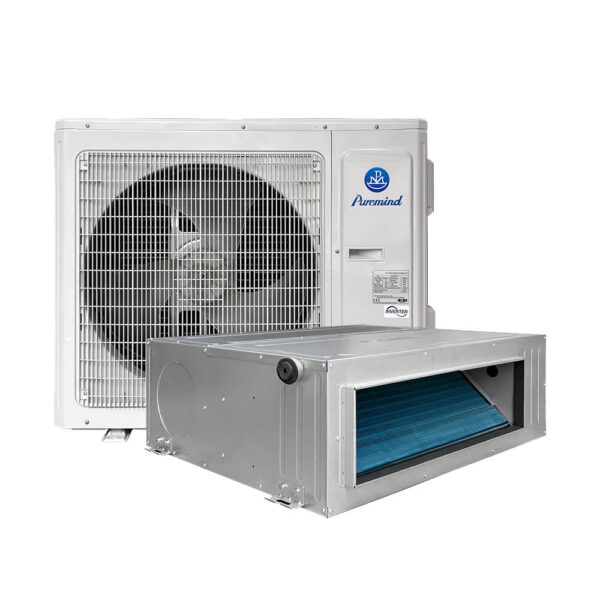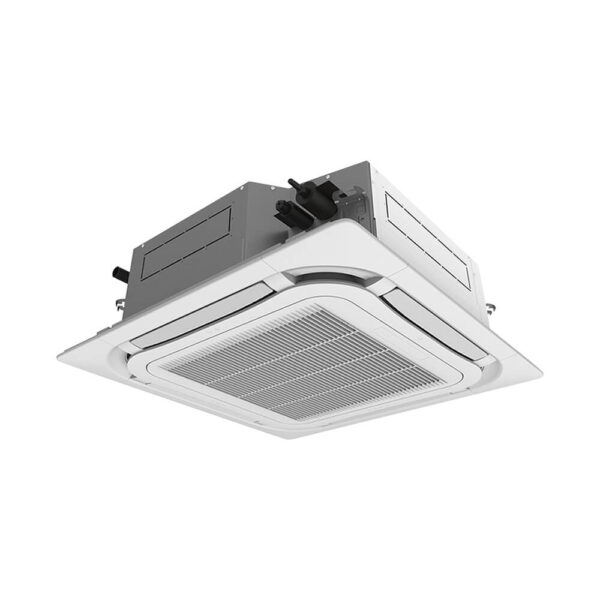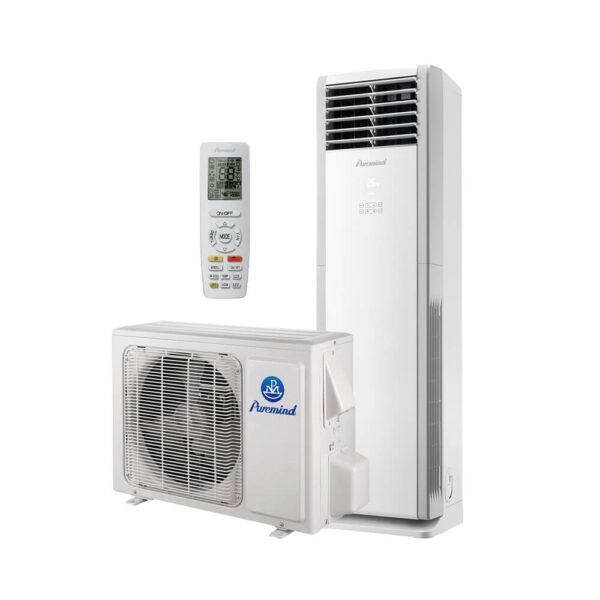Source 1 HVAC Supply Center: A Complete Guide for Wholesalers, Suppliers, and Distributors
In today’s fast-changing HVAC market, the source 1 hvac supply center model has become a cornerstone for contractors, wholesalers, and distributors. These centers serve as more than product warehouses—they are resource hubs for training, compliance, and technical expertise. For wholesalers, learning how to leverage these centers can be the difference between competing on price and competing on value.
What Is a Source 1 HVAC Supply Center?
A Source 1 HVAC Supply Center is a dedicated hub for HVAC products, parts, and support services. These centers stock everything from split systems and furnaces to ductwork and smart controls. More importantly, they provide guidance on product selection, technical training, and compliance with building codes. This combination of inventory and expertise makes them essential for wholesalers and distributors.
Why Source 1 HVAC Supply Centers Matter for Wholesalers
For wholesalers, a supply center represents efficiency and reliability. Instead of sourcing from multiple manufacturers, wholesalers can find diverse product lines in one location. This efficiency reduces logistical headaches, minimizes delays, and strengthens customer service for contractors.
Key Benefits of Source 1 HVAC Supply Center Partnerships
- Convenience: One-stop access to a broad range of HVAC equipment.
- Technical Support: On-site experts provide product knowledge and compliance advice.
- Efficiency: Centralized inventory reduces delays and costs.
- Scalability: Supply centers can support wholesalers expanding into larger markets.
Products Available in Source 1 HVAC Supply Centers
These centers typically stock a wide range of HVAC supplies to meet contractor and distributor needs:
- Commercial air conditioners and split systems (view split AC options here)
- Heat pumps, furnaces, and boilers
- Ductwork, insulation, and accessories
- Registers, grilles, and diffusers
- Smart thermostats and building automation systems
- Replacement parts including compressors, motors, and coils
- Refrigerants and compliance-approved sealing products
How a Source 1 HVAC Supply Center Fits into the Supply Chain
Supply centers streamline the HVAC distribution process. They serve as intermediaries between manufacturers and contractors, while also supporting wholesalers in regional distribution.
- Manufacturers: Produce HVAC systems that comply with efficiency and safety standards.
- Supply Center: Consolidates equipment and parts from multiple brands.
- Wholesalers: Purchase inventory from the supply center and manage regional delivery.
- Contractors: Source equipment and receive training at the center.
- End Users: Businesses and facilities benefit from reliable installations.
Best Practices for Wholesalers Using HVAC Supply Centers
Wholesalers who want to maximize their relationship with supply centers should adopt best practices that ensure long-term growth and customer trust:
- Inventory Forecasting: Align orders with seasonal demand patterns.
- Diverse Vendor Network: Avoid depending on a single manufacturer or product line.
- Compliance Focus: Ensure all stocked products align with energy codes and refrigerant standards.
- Training Commitment: Regularly upskill staff and contractors on the latest technologies.
- Digital Platforms: Use ERP systems and online portals to simplify the ordering process.
Case Study: Using a Source 1 HVAC Supply Center for a Hospital Expansion
During a hospital expansion project, a distributor relied on a source 1 hvac supply center for insulated ductwork, specialized diffusers, and high-efficiency chillers. Beyond equipment, the center provided technical manuals and compliance guidance. The project achieved energy code certifications and reduced operational costs, highlighting how supply centers add strategic value.
Challenges Faced by Source 1 HVAC Supply Centers
While supply centers provide convenience, they also face challenges wholesalers must navigate:
- Logistics Issues: International shipping delays affect equipment delivery times.
- Price Volatility: Raw material cost increases influence HVAC pricing.
- Energy Regulations: Frequent updates require ongoing stock adjustments.
- Technology Shifts: Growing demand for smart systems requires inventory evolution.
How to Evaluate a Source 1 HVAC Supply Center
Wholesalers should carefully evaluate supply centers before forming long-term partnerships. Factors to consider include:
- Does the center provide a complete portfolio of HVAC products and replacement parts?
- Are training and compliance resources available on-site?
- Does the center use digital platforms for streamlined ordering?
- Are pricing and delivery models transparent and reliable?
- Do they offer sustainable solutions aligned with industry trends?
Regional Perspectives on Source 1 HVAC Supply Centers
The role of HVAC supply hubs varies by region, influenced by energy policies and construction trends:
North America
Supply centers in North America emphasize high-efficiency equipment and LEED compliance. Wholesalers gain an edge by offering Energy Star-certified units and eco-friendly refrigerants.
Europe
European supply hubs align with EU carbon-reduction initiatives. Demand for recyclable ductwork and eco-conscious HVAC systems is on the rise.
Asia-Pacific
Rapid urbanization increases demand for centralized supply hubs that can support contractors across megacities. Logistics and regional stock hubs play critical roles.
Middle East
High cooling demands in extreme climates make durable, corrosion-resistant systems essential. Supply centers here prioritize heavy-duty HVAC solutions for commercial projects.
Future of Source 1 HVAC Supply Centers
The future of supply hubs will be shaped by sustainability and digitalization. Wholesalers should prepare for these trends:
- IoT-Enabled Products: Supply centers offering connected HVAC systems with remote monitoring capabilities.
- Green Refrigerants: Adoption of low-GWP refrigerants in line with regulatory changes.
- AI and Blockchain: Improving order accuracy, transparency, and supply chain visibility.
- Global Connectivity: Supply hubs linking regional operations with international networks.
Conclusion: Why Source 1 HVAC Supply Centers Will Shape the Future
The source 1 hvac supply center model provides wholesalers, suppliers, and distributors with more than inventory. These centers are trusted partners in compliance, training, and long-term growth. By leveraging them strategically, businesses can reduce complexity, strengthen customer loyalty, and align with global sustainability goals. As technology and energy standards evolve, supply centers will remain the backbone of reliable HVAC distribution.
For additional solutions, check out our split air conditioner category to complement your supply center offerings.







